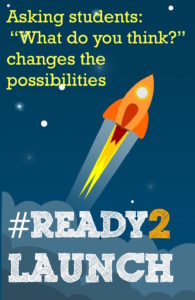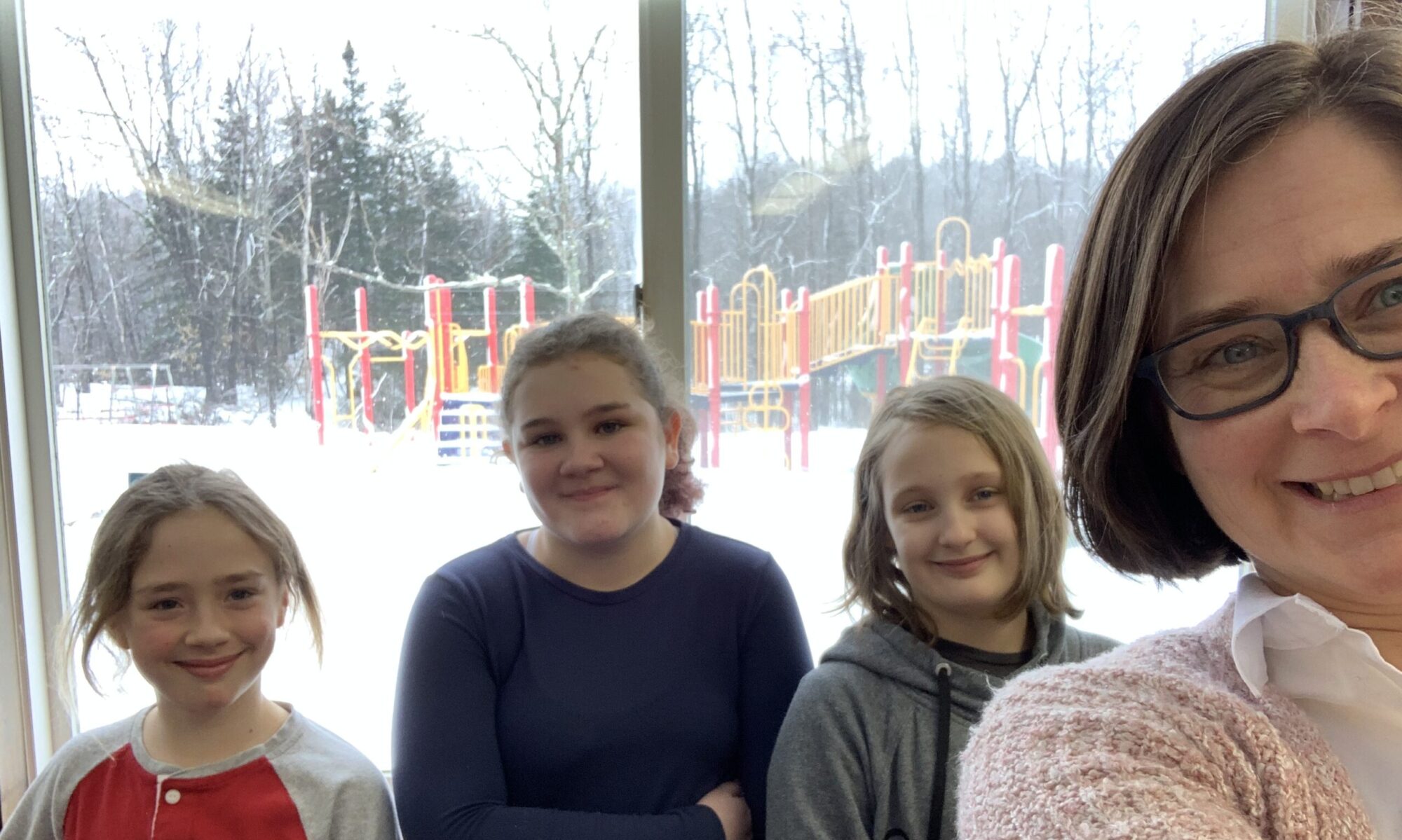Student Leadership: The time is now
 August is usually a time crammed with planning logistics for the start of the school year. It’s a time when educators’ coffee intake increases exponentially and that ever-popular 4AM anxiety dream makes you jump out of bed in a sweat. Yet somehow it all falls into place and school opens, students show up, and off we go.
August is usually a time crammed with planning logistics for the start of the school year. It’s a time when educators’ coffee intake increases exponentially and that ever-popular 4AM anxiety dream makes you jump out of bed in a sweat. Yet somehow it all falls into place and school opens, students show up, and off we go.
Now, my question to you is how many schools embrace the student’s voice in planning for this opening?
Like educators, students are also doing an equal amount of planning for the start of school. Back to school shopping, comparing schedules, sports practices, and so on.
How might the opening of school, planning and decision making, and learning look differently if we ask student leaders to help plan all of these logistics?
This is not a new concept, so why are we bringing it up again?
Because we can do better.
Before we dive deeper into student leadership, let’s start with examining the conditions of highly effective middle schools.
I’m sure most of us have seen This We Believe: Keys to Educating Young Adolescents, specifically the Essential Attributes. If we read carefully into these 4 attributes they suggest that we remember to keep students at the center of our decisions. As AMLE points out in their article called the The Power of Youth Leadership empowerment of students cannot be ignored.
Empowerment, as defined by This We Believe, says providing all students with the knowledge and skill they need to take control of their lives. The leadership opportunities for all students can help them understand what it is like to be a part of a team, collaborate, face conflict, problem solve, and communicate to name a few. These feel like important skills for everyone to have.
So it seems like one of our tasks is to think: how we can provide these type of opportunities?
Student leadership and teaming
Specific to teams and or teaming, I really enjoy Ted and Nancy Sizer’s Book The Students are Watching to help emphasis the power and influence of effective teams on opportunities for students. One of my takeaways is that adults can’t ask students to do things when we don’t do them ourselves.
Students have a canny ability to see right through us when we’re not being genuine. So it becomes even more important to model these essential attributes and characteristics.
One other activity that speaks to effective teaming and student leadership is The Marshmallow Challenge.
Design Challenge #vtmgi16 #marshmallowtower #stem #vted pic.twitter.com/u2afKR2yoq
— Lindsey Slan Halman (@lhalman) June 30, 2016
If you have had the pleasure to be a part of this design challenge you will understand its power.
Let’s look at some examples
Student leadership can exist at many levels. From the classroom to the team, or from whole school to the community, we need to continue to support students in these environment. Here are a few examples to get you thinking:
The VT State Board of Education
In Vermont, the Agency of Education reserves two seats on the State Board of Education for students. They’re two-year terms. For the first year, that student holds a non-voting position, contributing ideas and participating in discussions; the second year, the student is offered a voting position on the Board. What could this look like in your community? Does your school or supervisory union have room for a student seat at the leadership table? Does your School Board?
Ottoson Middle School’s iPad Council
At Ottoson Middle School in Arlington, MA, the tech team is entirely staffed by students. Students and educators alike come to these self-identified student experts for help with technology. The tech team also produces a series of Tech Talks, blogposts and podcasts for the BHS community. The students work with a similar team at their district high school in leading talks, support and policy around technology use in both schools.
[youtube https://www.youtube.com/watch?v=videoseries?list=PLfMh-0TIsKJ1xrxQERwYEoQlwaJ_1_vxs]
VT’s PLP Student (Re)Design Days
In Vermont, Personal Learning Plans (PLPs) are challenging our schools. Act 77 gives us permission to re-emphasize many of the practices we know are good for students, those which empower student choice and voice. But sometimes out of necessity, much of planning and preparation for PLP’s involve adults making decisions in isolation from students.
This summer, in concert with local Vermont educators, the Tarrant Institute’s own Susan Hennessey helped plan a design challenge for students to give feedback and in some cases entirely redesign what their school had implemented in terms of PLP’s.
[huge_it_slider id=”9″]
This involved students collaborating across schools around a common purpose. These student groups will continue to work with their schools to continually improve the product and process for personalization. Asking students “what do you think about this?” changes the possibilities for everyone.
Maybe we could do this a little more.
Where else can student leadership take your school?
Here’s an on-going brainstorm for Student Leadership possibilities. Please feel free to add opportunities that you have supported or are thinking about.
 My top 10 ideas for including students in leadership opportunities:
My top 10 ideas for including students in leadership opportunities:
- Students running morning meeting
- Student-led open houses
- Students attend school board meeting and sharing their thoughts
- Student Government
- Student run co/extra curricular activities
- Students attending teacher team meetings
- New student welcoming committee (especially for students who join mid-year)
- Student Mentors
- Students on Interview committees
- Community issues committees
Additional resources:
And a challenge:
As you start to think about the approaching school year, pick one part of your practice to change that allows for increased leadership opportunities for students. Share it in the comments below, and win a chance to have me come out to your school and give a kayaking demonstration!


Impressed with your site and informative posts. I will upload an inbound link & bookmark this website. Regards, Reader.